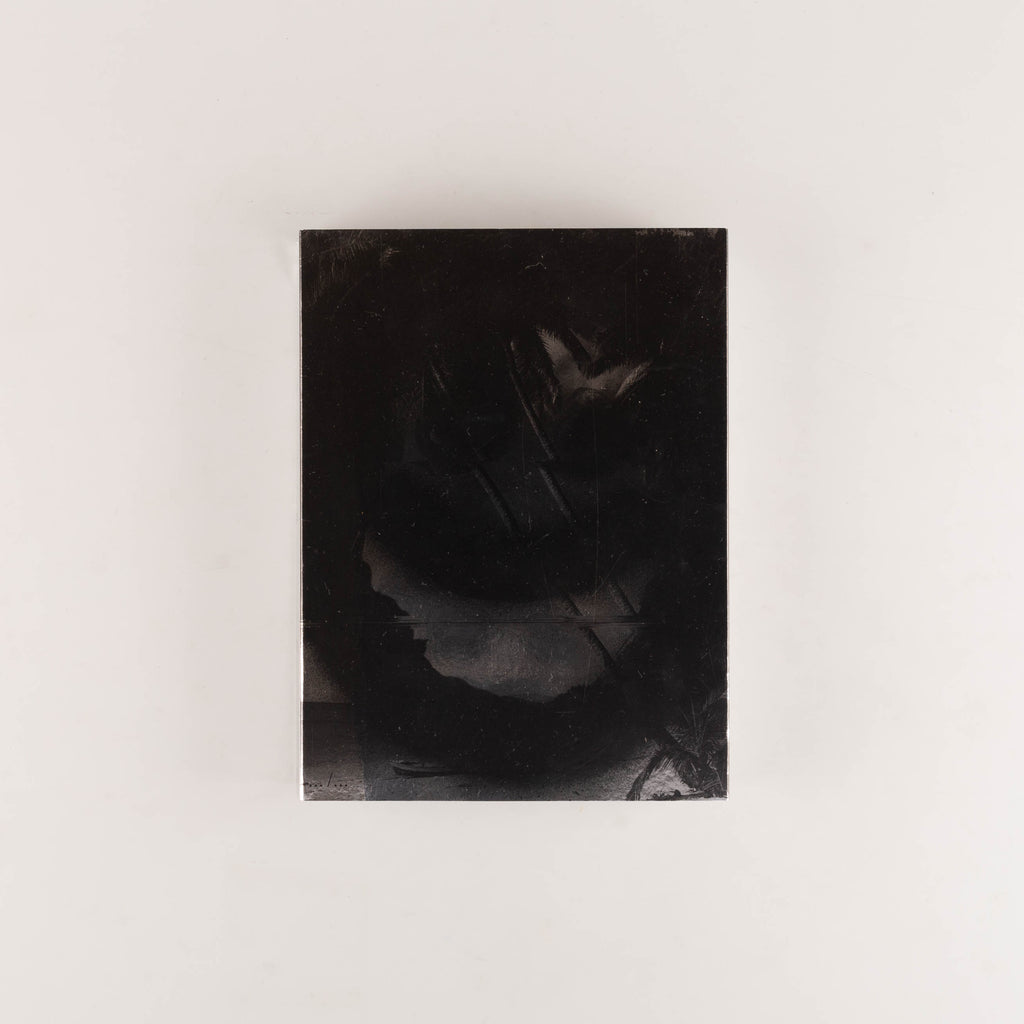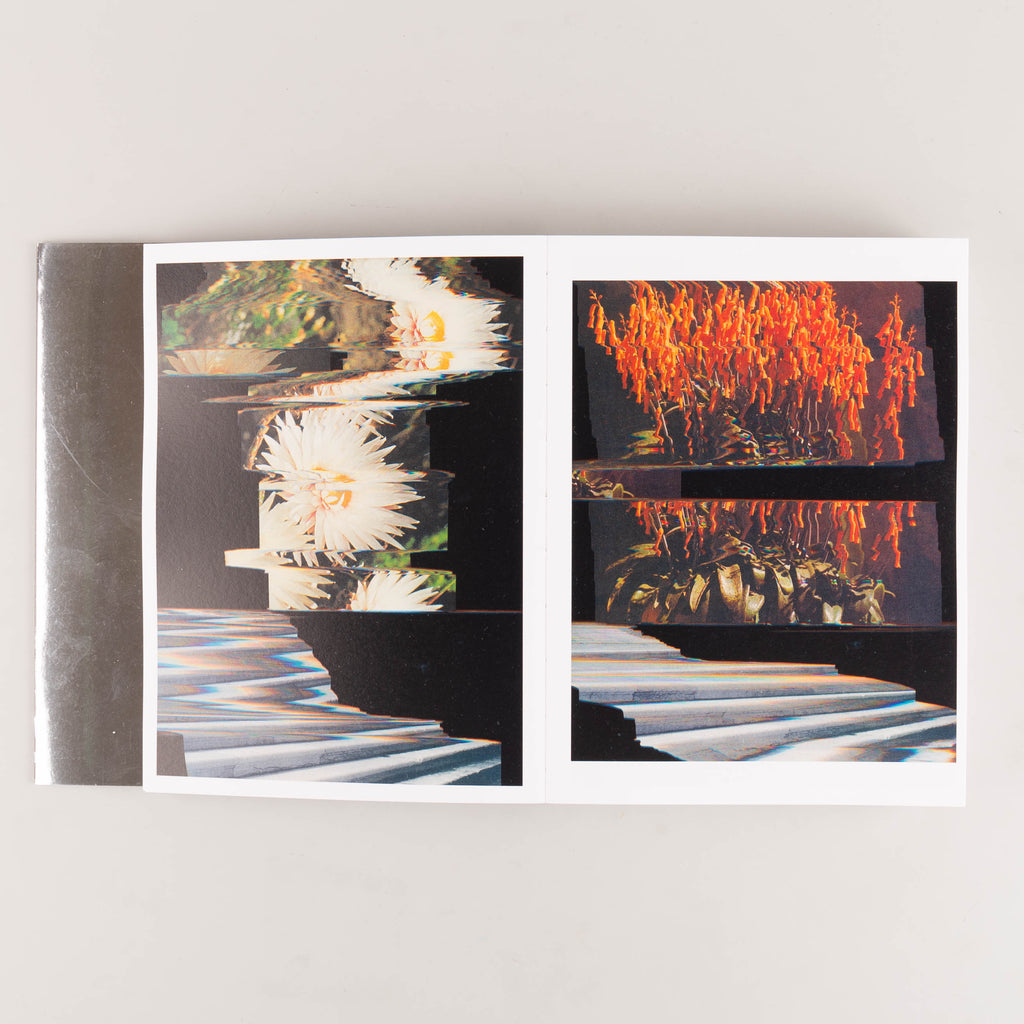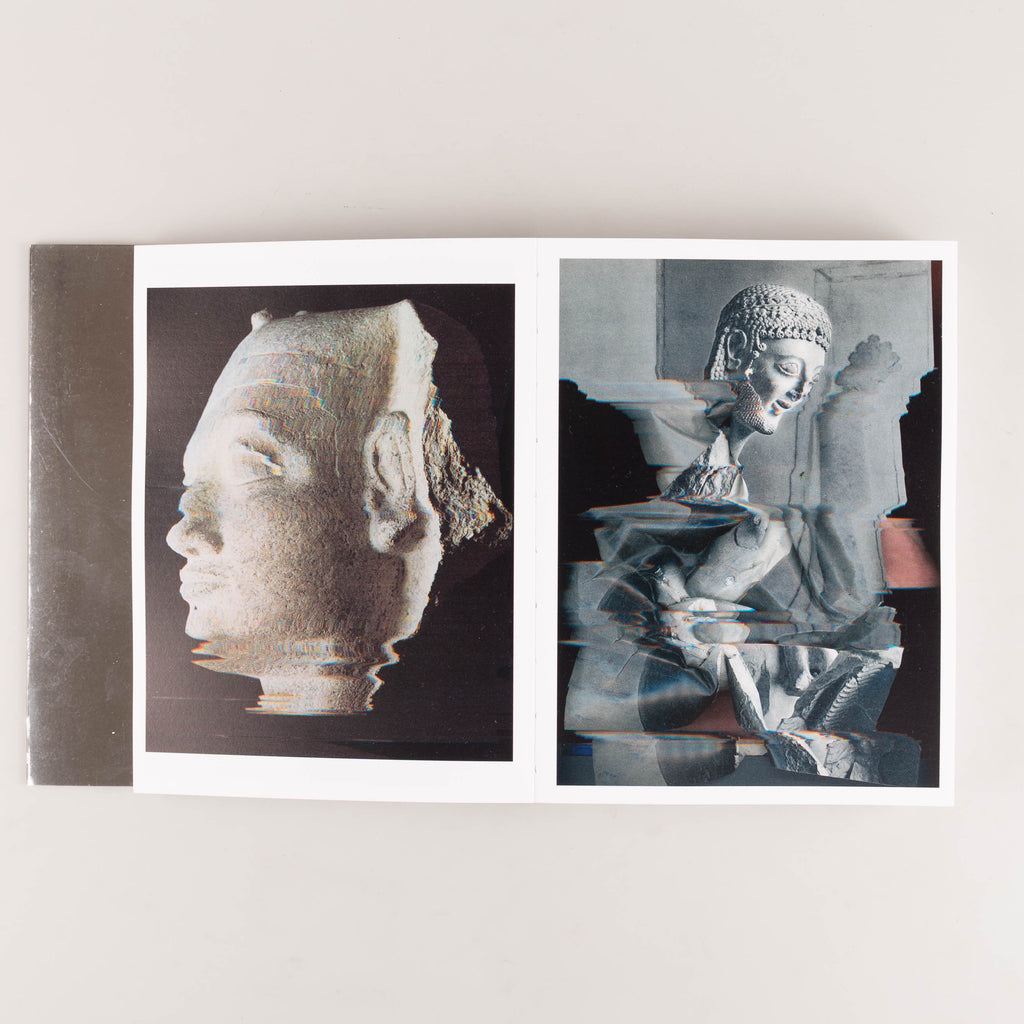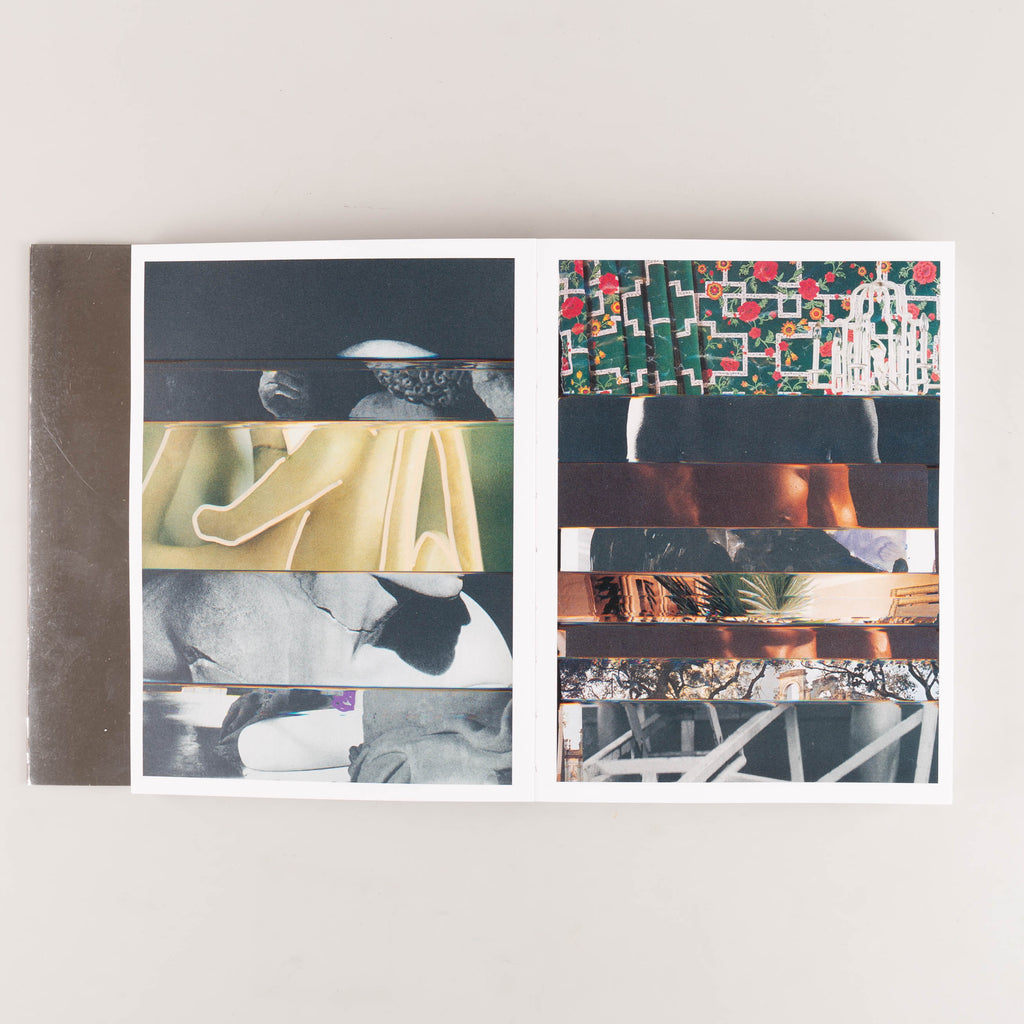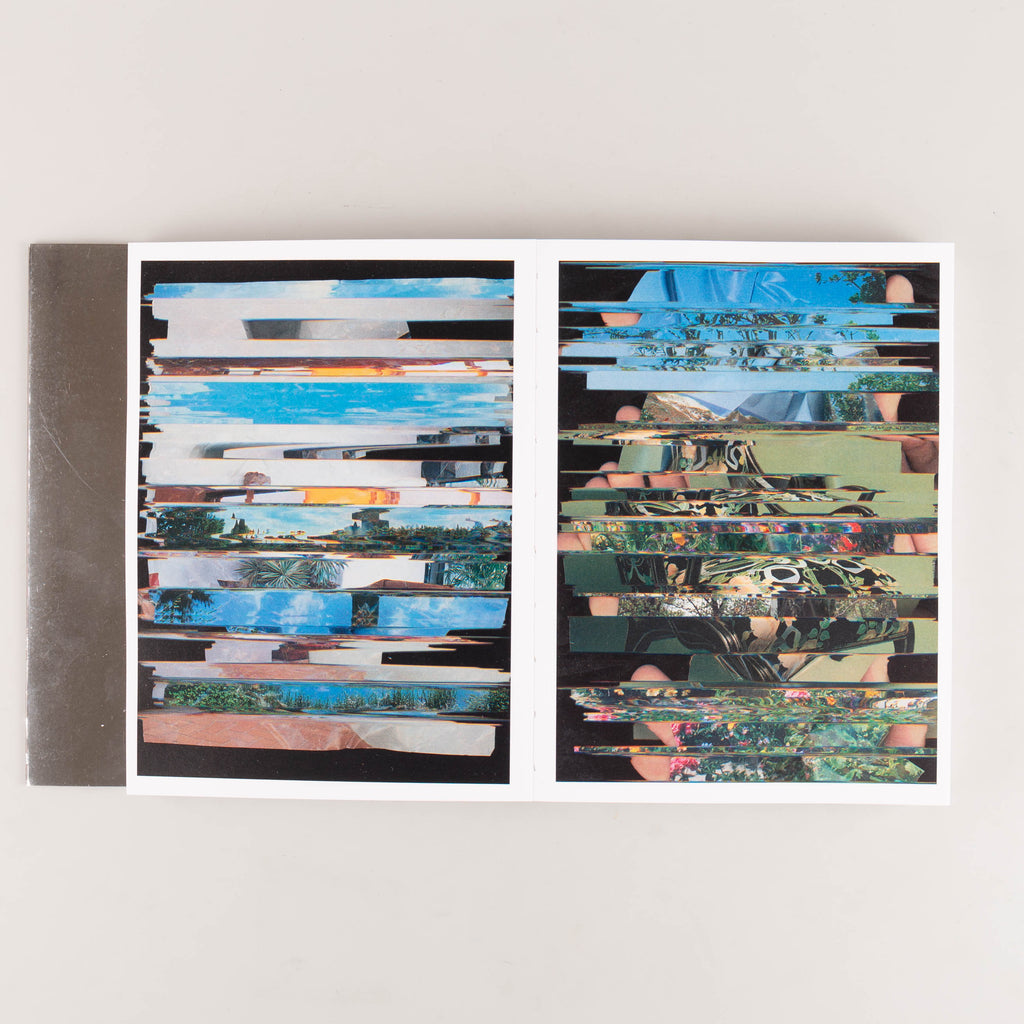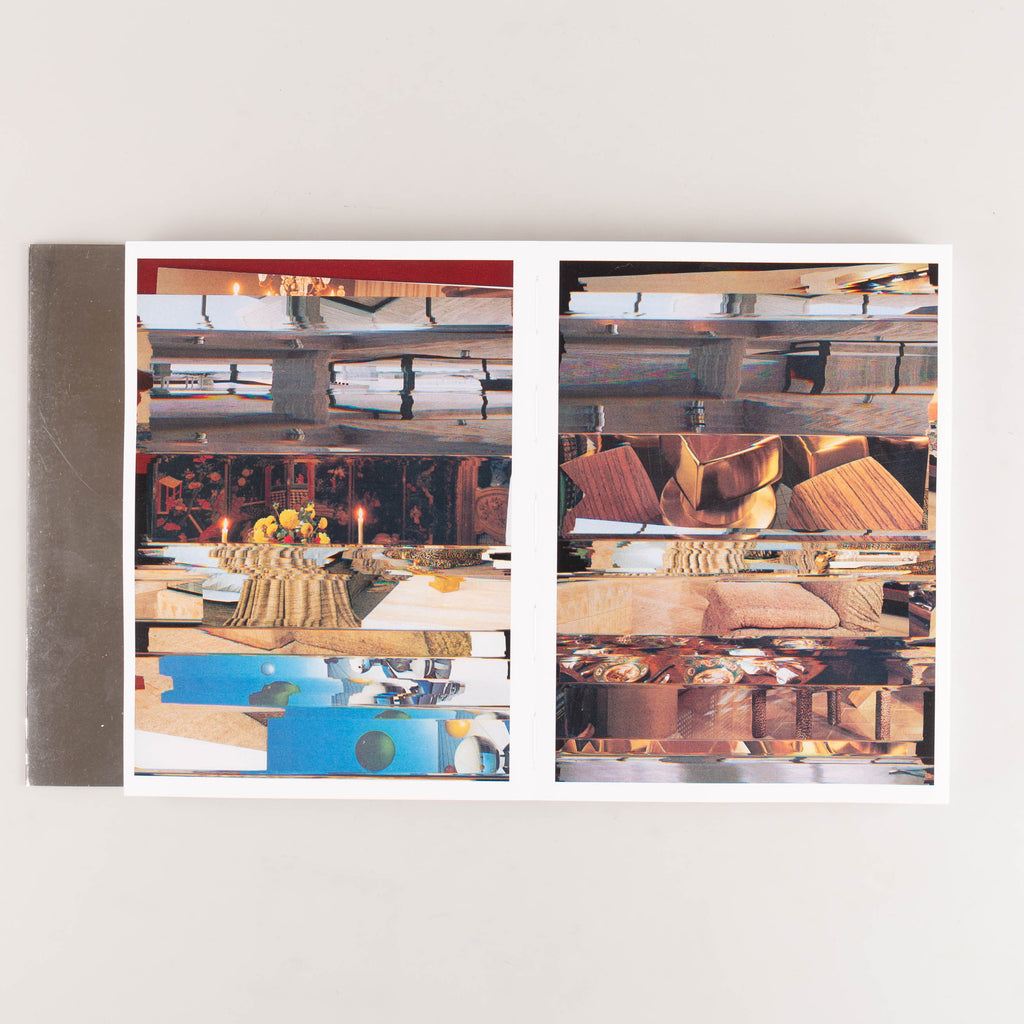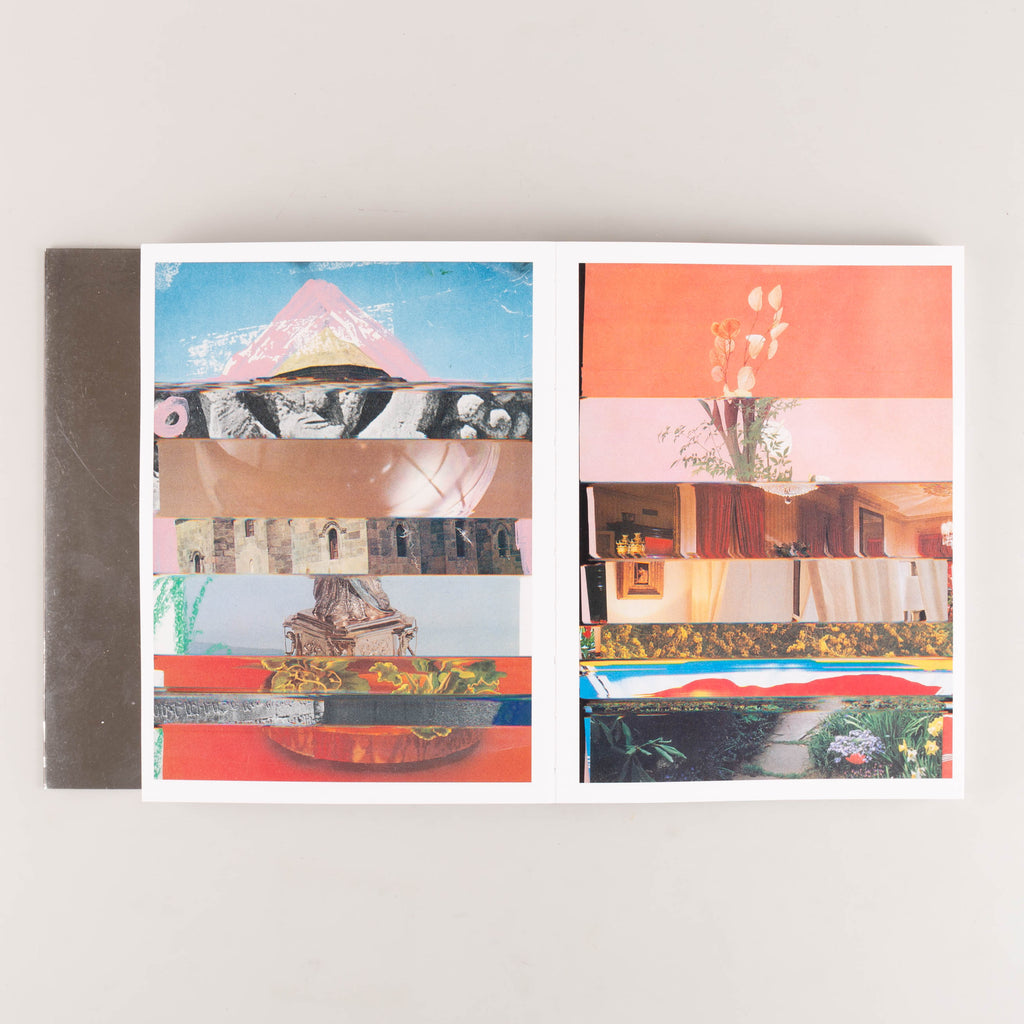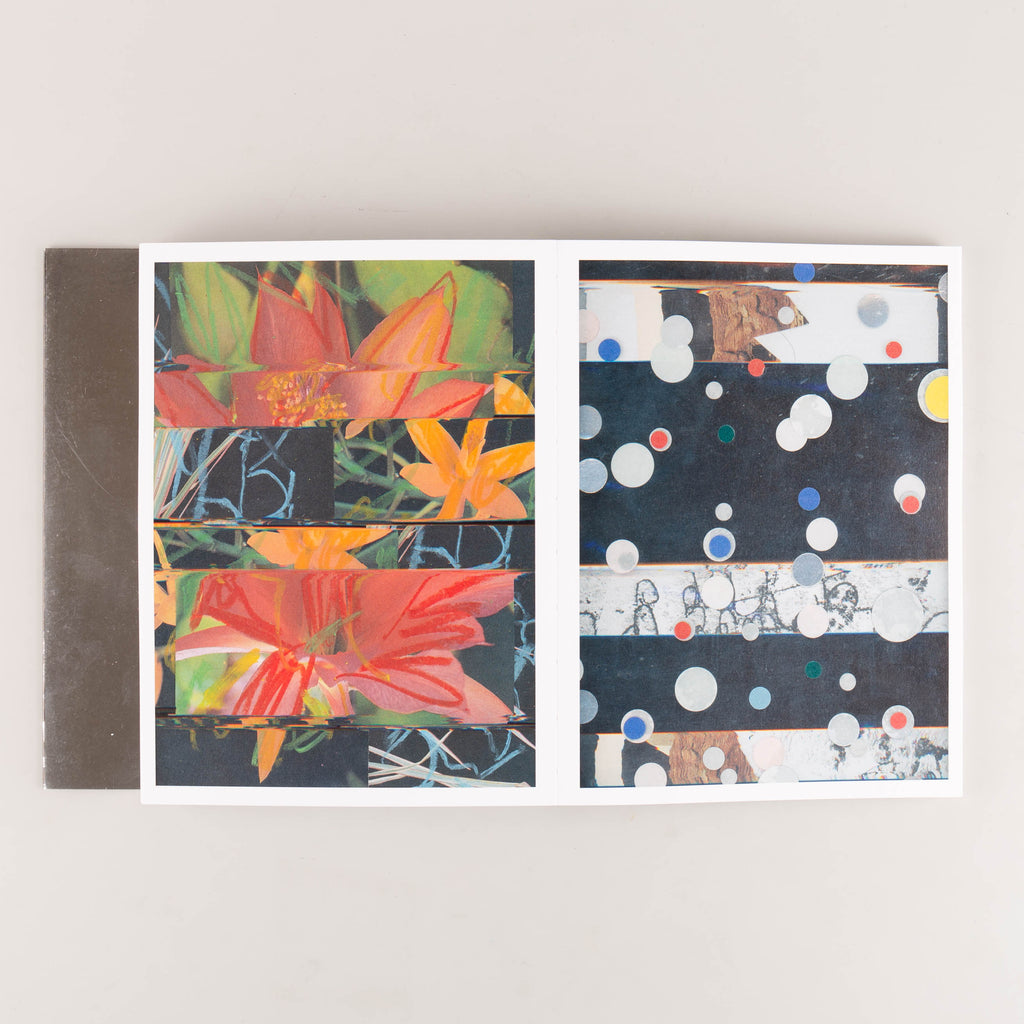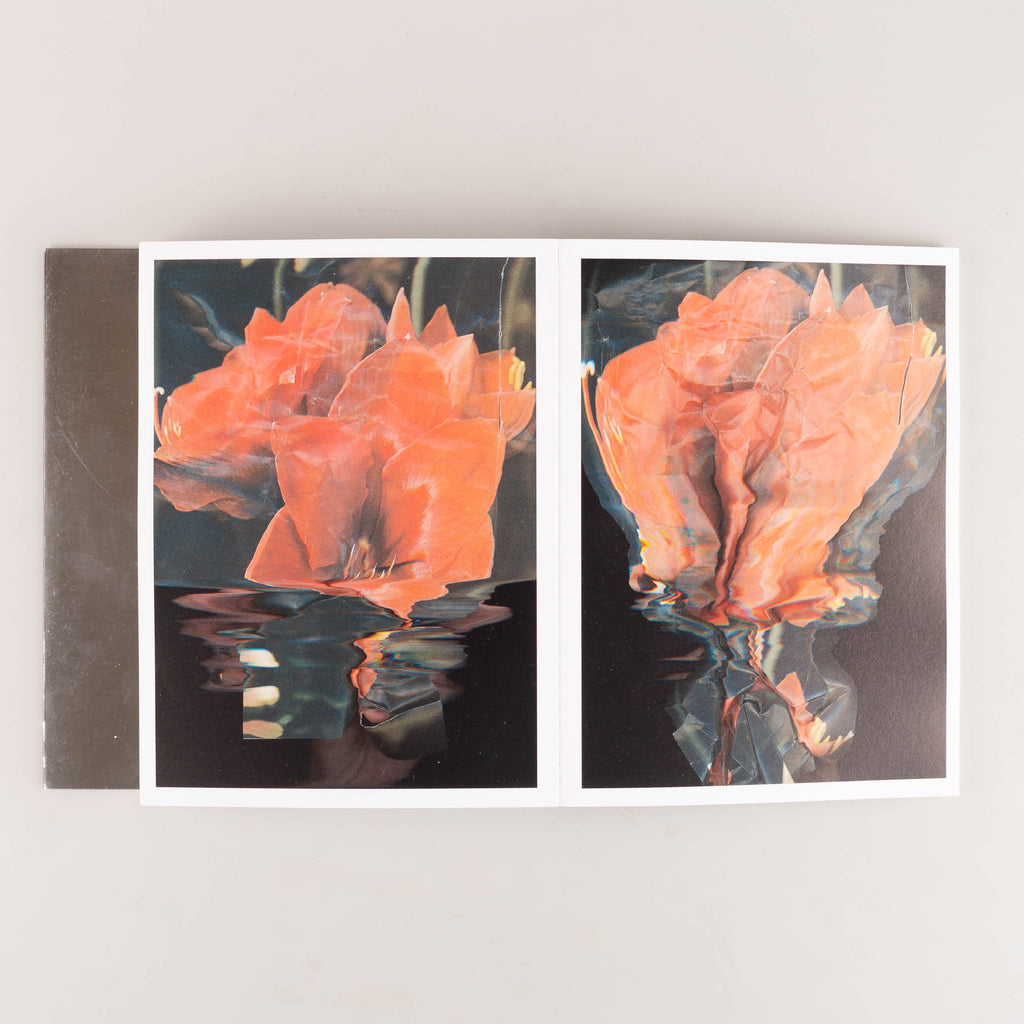Nico Krijno Collages 2020-2022
Nico Krijno
£40.00
On paper, a book may seem a peculiar object to accommodate Nico Krijno’s work. By virtue of its form, a book is finite, a neat vessel that lends itself to those narratives with a beginning and end. Krijno’s work, however, is not finite; it has no resolution or discernible moments... Read More
On paper, a book may seem a peculiar object to accommodate Nico Krijno’s work. By virtue of its form, a book is finite, a neat vessel that lends itself to those narratives with a beginning and end. Krijno’s work, however, is not finite; it has no resolution or discernible moments that can be easily pointed at, bound and labelled. And neither does it ebb or flow in tidy rhythms but accumulates, constantly and relentlessly. If anything, Krijno’s work feels — as it always has — more akin to some outpouring of seemingly blithe, childlike play: disorientating and fantastical, and at times almost absurd, but wondrous nevertheless. It is this outpouring though that puts Krijno’s work at odds with the book.
Yet for all of this, the book, of which Collages 2020-22 is the latest and most generous, feels a necessary endeavour. When seen in this way, en masse yet contained, it is arguably when we can best understand Krijno. Here we can understand the gravity of performance and process; understand how his work is always more than the sum of its parts; understand how he drifts in one direction to unravel new forms and ideas before returning to a more familiar albeit now different path. And we can understand that for all the similarities his work has with unbridled play, there is something more pointed, more intentional; a kind of persistence and eagerness to exhaust all possibilities that does not exist in the wholly innocent play of a child. Seen in an exhibition or online, one fragmented and the other truly endless, these characteristics and intentions feel more hidden, less tangible. It could be said then that Collages 2020-22 is necessary on two fronts. First, as a way to better understand Krijno, and second, as a way to hold onto something that otherwise is inevitably fleeting.
